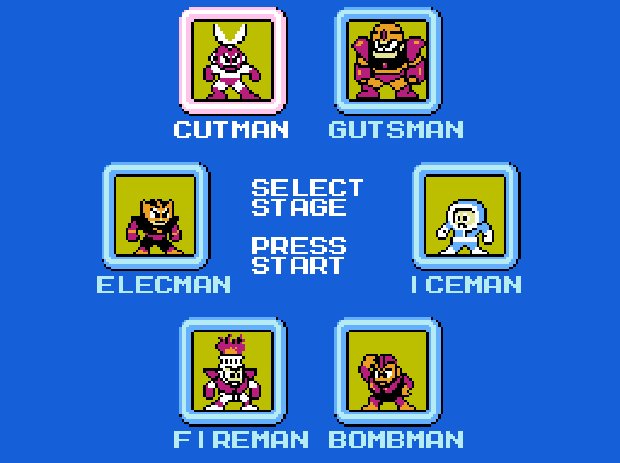Gaming's most important evolutions
35 features that changed the course of interactive entertainment, one game at a time
First seen in: Mega Man (1987)

Important because: You could now play the game in whatever order you wanted. Granted, Super Mario’s Warp Zones sort of let you pick and choose which levels you would and would not play, but Mega Man actually let you select the order in which you’d encounter them. Right away, you could choose from six levels (Cut, Elec, Ice, Fire, Bomb and Guts Man) instead of being forced down a set path (like Mario) or dropped into a huge world with no instructions (Zelda, Metroid). However, it’s almost an illusion of choice, as the game’s bosses are weak to specific weapons gained in other levels, so in the end you did kinda have to obey a pre-conceived route. But hey, if you wanted to ignore that and try to kill ‘em all with your regular weapon, the choice was always there.

Above: It’s your funeral
Legacy: Linear games still have dominant sway, but there are innumerable instances of games leaving the path up to you. You could even draw parallels to GTA and Red Dead, where you can pick certain missions over others rather than blindly proceed through one official narrative. In a way, you can attribute something as basic as “level select” with birthing open world, multi-mission, side-quest-heavy games. A more recent example is Spider-Man: Shattered Dimensions, which gives you the option to choose which universe to play in, and in what order. It’s probably impossible to name every game that uses this feature, easily making it essential for any “greatest innovations” list.
Sign up to the GamesRadar+ Newsletter
Weekly digests, tales from the communities you love, and more


